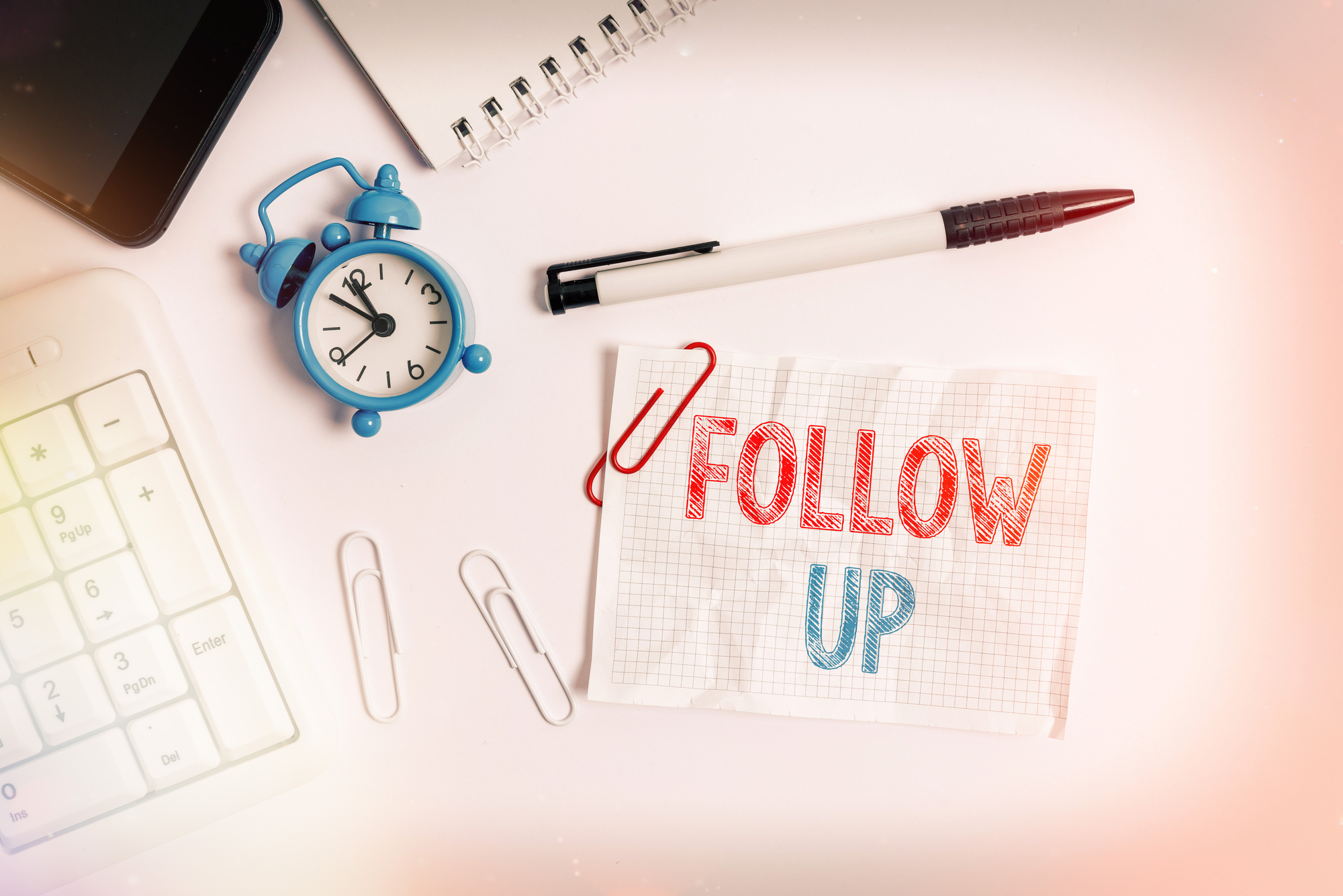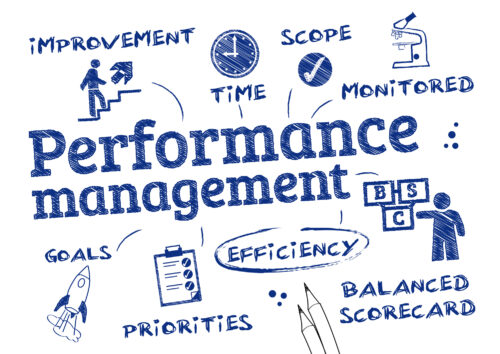Establishing effective follow-up procedures is crucial for success in various scenarios, spanning business, education, healthcare, or personal relationships. Follow-up serves three primary purposes: building relationships, enhancing accountability, and maximizing opportunities. Consistent communication demonstrates commitment and care, enabling a business to foster trust and build relationships with its customers. Enhancing accountability within your team and with business partners involves following up on actions, deadlines, and commitments to maintain positive progress. A structured follow-up process can help maximize business opportunities with prospective customers or sales. Here’s an in-depth look at how to establish effective follow-up strategies.
Define Clear Objectives
- Precisely define what you aim to achieve during follow-up. Whether it’s closing sales, ensuring project milestones, or nurturing relationships, clarity is key. Establish consistent follow-up points during planning and ensure everyone involved understands the purpose and agenda of these follow-ups.
Choose Communication Channels Wisely
- Consider the nature of your message and recipient preferences when selecting communication channels. Email might be suitable for formal updates, while urgent matters or complex issues might require a phone call. Utilize various channels appropriately; for instance, follow up with an email after a meeting and then a call to discuss specifics.
Set a Schedule
- Establish a follow-up schedule for regular communication, whether it’s weekly check-ins, bi-monthly updates, or tied to project milestones. This prevents missed opportunities and ensures consistency. Be adaptable; adjust schedules when circumstances change or urgent matters arise.
Personalize Communication
- Tailor follow-up messages to the recipient, demonstrating genuine interest and attention to detail. Address individuals by name, reference past interactions, and highlight specific points of interest. Pay attention to their communication preferences for effective personalization.
Use Technology Wisely
- Leverage tools like CRM systems or email automation software to streamline follow-up processes. They help manage contacts, schedule follow-ups, and send personalized messages efficiently. However, maintain a personal touch in your communications alongside technology.
Be Persistent but Respectful
- Persistence is key, but respect the recipient’s time and priorities. If you don’t receive a response, consider alternative communication channels or adjust follow-up frequency. Acknowledge and honor boundaries, respecting preferences for communication frequency and channels.
Seek Feedback
- Actively seek feedback on your follow-up approach to refine your strategy continually. Ask recipients how you can improve communication to better suit their needs and preferences. Use feedback as a learning tool to adapt and improve your follow-up strategy over time.
Celebrate Successes
- Acknowledge successful follow-ups, closed deals, completed projects, or strengthened relationships. Celebrating achievements boosts morale, reinforces the importance of effective follow-up, and encourages continued efforts. Analyze successful follow-ups to replicate effective strategies in future interactions.
Effective follow-up is an art that requires persistence, tact, and empathy. It’s about nurturing connections and ensuring progress, not just completing tasks. By implementing a well-thought-out follow-up strategy, individuals and organizations can significantly enhance success rates and relationships.

















